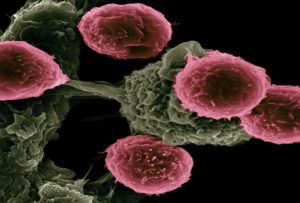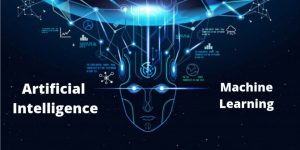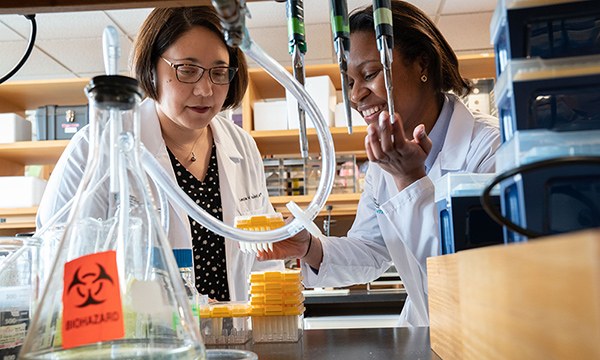Introduction
In the intricate landscape of healthcare, the pursuit of early detection for rare cancers remains a formidable challenge. These elusive conditions often lurk beneath the surface, evading traditional diagnostic methods and presenting a profound obstacle to timely intervention. However, at the nexus of healthcare and technology, Silicon Valley’s unparalleled expertise stands poised to revolutionize this critical domain. Through the seamless integration of cutting-edge advancements such as artificial intelligence (AI), machine learning (ML), and state-of-the-art imaging technologies, the prospect of transforming our approach to detecting rare cancers has emerged with unprecedented promise. This convergence of technological innovation and medical expertise offers a beacon of hope, potentially reshaping the trajectory of diagnosis and treatment for these often overlooked but life-altering conditions.
Rare Cancers and Early Detection
Rare cancers, by their nature, present unique challenges. They often manifest in subtle ways, making them challenging to identify using traditional diagnostic methods. Moreover, due to their infrequency, research and development for detection methods have been comparatively limited. Consequently, the diagnosis of rare cancers frequently occurs at advanced stages, greatly reducing treatment success rates.

The Potential of Silicon Valley’s Tech Expertise
AI and Machine Learning
AI and ML algorithms excel at analyzing vast datasets, a capability that holds immense promise in early cancer detection. By processing an array of medical data such as imaging scans, genetic information, and patient records these technologies can identify subtle patterns and anomalies that might elude human detection. Silicon Valley’s expertise in developing and refining these algorithms positions it at the forefront of utilizing AI and ML in healthcare.
Advanced Imaging Technologies
Revolutionary imaging technologies, such as high-resolution MRI, CT scans, and PET scans, offer unprecedented levels of precision in capturing detailed images of the body. Integrating these technologies with AI algorithms can enable swift and accurate identification of anomalies that might signal the presence of rare cancers. Silicon Valley’s commitment to advancing imaging technologies can significantly enhance the quality and depth of diagnostic imaging, aiding in early detection.

Examples and Applications
Early Warning Systems
Imagine an AI-powered early warning system that continuously analyzes a patient’s health data, flagging even the slightest deviations that might indicate the onset or progression of a rare cancer. Such systems, backed by Silicon Valley’s technological prowess, could revolutionize preventive healthcare by enabling timely interventions and personalized treatment plans.
Precision Medicine
The integration of AI and ML in genomics allows for precise analysis of genetic markers associated with rare cancers. This knowledge can facilitate the development of tailored treatments, optimizing therapeutic outcomes for individual patients. Silicon Valley’s dedication to genomics and personalized medicine can foster breakthroughs in targeted therapies for rare cancers.
Telemedicine and Remote Diagnostics
Silicon Valley’s advancements in telemedicine and remote diagnostics can bridge geographical barriers, providing access to specialized care and diagnostic expertise for individuals in remote or underserved areas. AI-powered diagnostic tools, accessible through telemedicine platforms, can offer expert opinions and aid local healthcare professionals in identifying and managing rare cancers.

Challenges and Ethical Considerations
While the integration of technology offers immense promise, it also presents challenges. Data privacy, algorithm bias, regulatory hurdles, and the need for rigorous validation of these technologies remain significant concerns. Additionally, ethical considerations surrounding AI-driven decision-making in healthcare require thoughtful attention to ensure patient safety and autonomy.
Conclusion
Silicon Valley’s tech expertise, combined with the healthcare industry’s commitment to innovation, presents an unparalleled opportunity to revolutionize early detection methods for rare cancers. The convergence of AI, machine learning, and advanced imaging technologies holds the potential to redefine how we diagnose and treat these diseases, ultimately saving lives by enabling earlier interventions and personalized treatment strategies. As we navigate the complexities of integrating technology into healthcare, collaboration between tech innovators, healthcare professionals, regulatory bodies, and ethical experts becomes paramount. By addressing challenges and upholding ethical standards, we can harness the full potential of Silicon Valley’s technological prowess to usher in a new era of early detection and improved outcomes for individuals affected by rare cancers.




